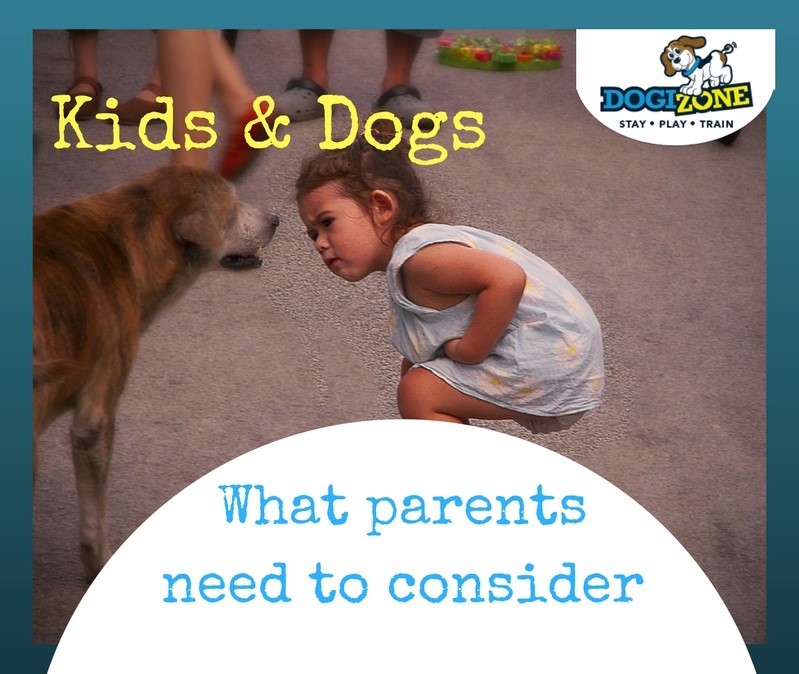Kids Owning Dogs: What Parents Need To Consider
How To Help Kids Adjust to a Dog
 When kids own dogs there is a natural match in most situations. Children that are brought up with dogs or have parents are positive towards dog ownership tend to seek out puppies and dogs and want to spend time with four-legged friends.
When kids own dogs there is a natural match in most situations. Children that are brought up with dogs or have parents are positive towards dog ownership tend to seek out puppies and dogs and want to spend time with four-legged friends.
Occasionally, children may also be nervous or even frightened of dogs. This can occur if the dog is large, aggressive or if it boisterous and rambunctious and just overwhelms a child. It is also natural if the child has had a bad experience in the past. Sometimes kids are afraid of dogs because Mom and Dad are nervous or frightened of dogs and the kids have picked up on this.
The good news is that with the right dog or puppy, even children that are nervous of frightened around dogs will quickly become comfortable. These introductions should be done slowly and gradually and only with a very friendly, very well trained and socialized dog. Once the child is comfortable with one dog, start providing more interaction with other similarly well-behaved pets.
Bringing a Dog Home the First Time
Bringing home a new dog or puppy is really exciting for the whole family. However, it is also a time that can be frightening and uncertain for the animal. Parents should talk to children about the first few days of the dog’s life in your home.
Kids need to understand that the dog or puppy needs to settle in and get a good feel for the home and the people. Mom and Dad should allow the kids, with supervision, to pet and play with the dog or puppy. Kids can also take the dog for a walk with Mom and Dad or go outside with a puppy.
Typically, the problem will be in getting kids to allow the dog or puppy his or her space and time. Parents should set firm boundaries with the kids on interacting with the dog or puppy. Additionally, watch out for young puppies and kids and be sure to instruct younger children never to pick up the puppy if Mom or Dad or an older sibling isn’t present.
Parents should watch carefully if there is any type of possessive or guarding behavior of toys or food with the dog or with an older puppy. Any signs of this behavior are a red flag that the dog needs more training before the kids are allowed around the dog unsupervised.
Responsibilities
Kids can take responsibility for aspects of the dog’s care and exercise as appropriate. Ideally, Mom or Dad should monitor the activities closely, particularly feeding, watering and exercise to make sure the kids don’t forget or aren’t allowing the dog to develop bad habits.
Many children enjoy taking responsibility for a pet. Just keep in mind that younger kids are not prepared to handle issues with the dog’s behavior. Never allow unsupervised children and dogs out of your sight unless and until the dog is fully trained and socialized. This will prevent the kids from having a negative experience or possibly placing them in a dangerous situation with a dog that becomes aggressive.

